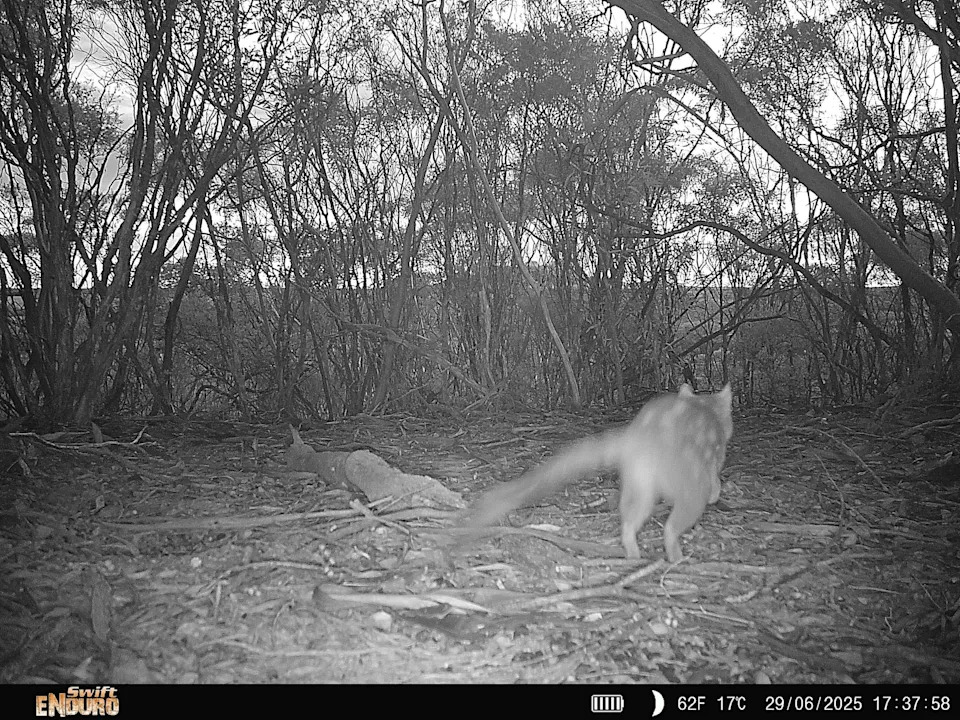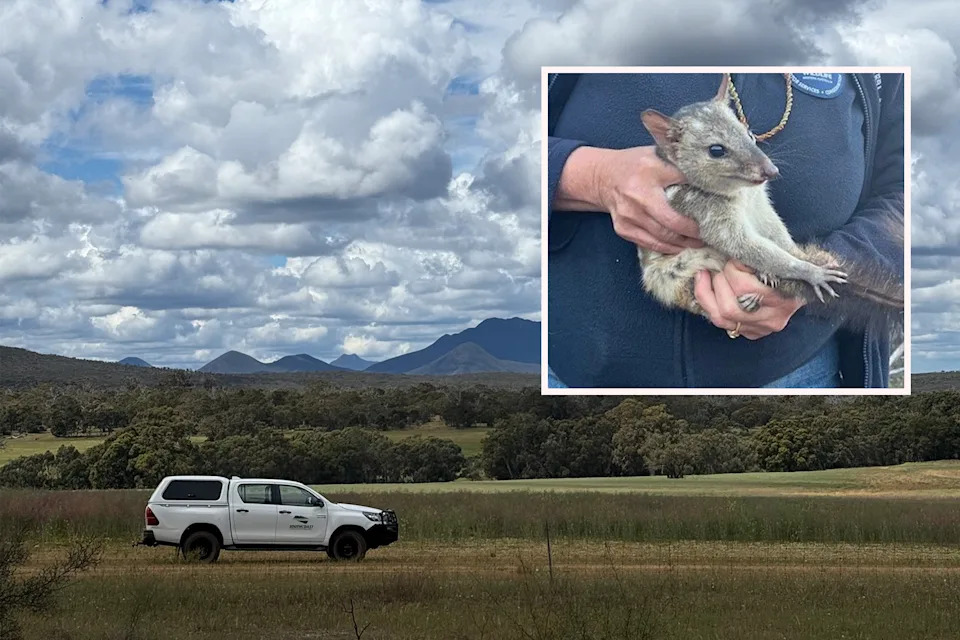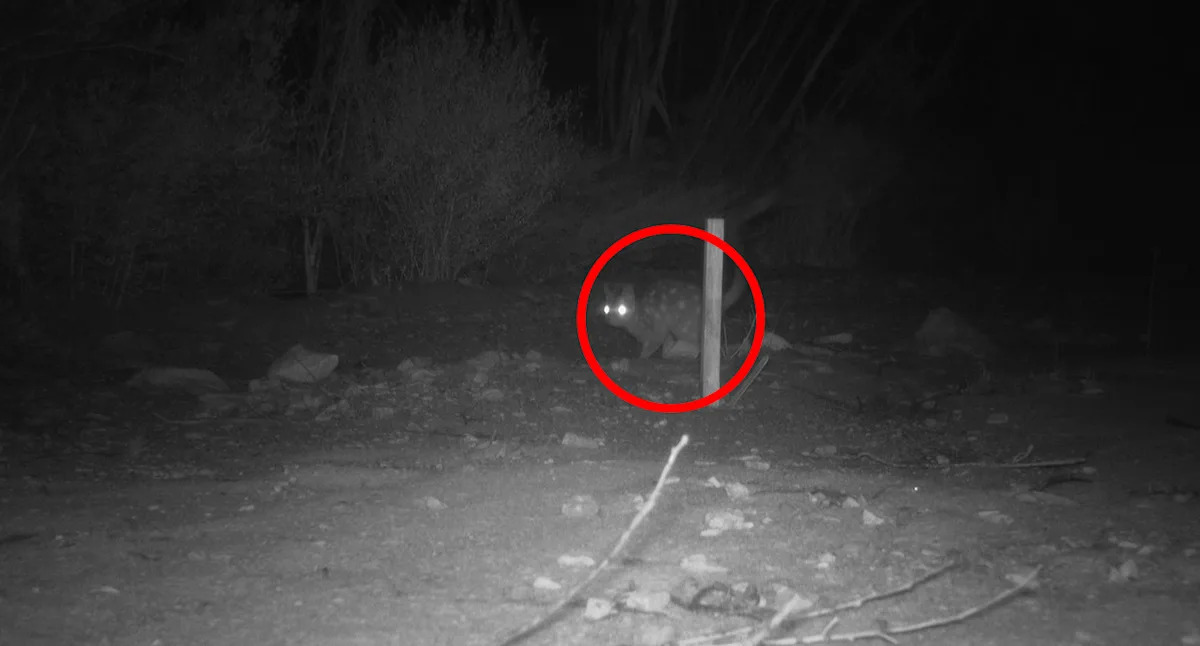Over five years after cameras were set up within a sprawling Western Australian landscape, an elusive “chuditch” has been filmed for the first time. A night vision picture shows one of the cat-sized predatory marsupials, also known as western quolls, staring back at the lens.
Experts believe the species was likely locally extinct across the 70km long Fitz-Stirling corridor on the southwest coast. But a project to remove threats from 90,000 hectares has now paid off, creating conditions for them to safely return.
Spearheaded by non-profit South Coast Natural Resource Management (SC NRM) the project has involved eradicating cats and foxes, and rehabilitating degraded land. Its program lead, Tom Nagle, recalled the moment his colleagues first saw pictures of the chuditch, saying it was like their team had “won the grand final”.
“There was a Mexican wave of cheers as the email with the camera trap photos was sent around our offices,” he told Yahoo News.
“These are the things that get you out of bed in the morning,” he added.

Chuditch are present in the Stirling Range and Fitzgerald River National Parks, but they had not been seen for over 5 years in the corridor between them. Source: Google Earth
How rare are chuditch?
Chuditch are listed as vulnerable to extinction, and important populations remain in the Fitzgerald River and Stirling Range National Parks.
SC NRM has 30 camera traps running around the clock, producing up to 40,000 photos every six months. But it wasn’t until mid-2025 that chuditch were captured on camera.

A camera trap photo from June, shows an elusive chuditch moving through the Fitz-Stirling corridor. Source: South Coast Natural Resource Management
There have now been five sightings of the species, including a male that was trapped and released unharmed on October 14.
“Anecdotally, that’s telling us that they’re making quite a comeback. That’s really important because western quolls are highly susceptible to predation by cats and foxes,” Nagle said.
No females have been confirmed within the range, but it’s hoped they’ll also soon return and breeding will begin.
Have other species also vanished from the landscape?
The Fitz Stirling Priority Places project has received $5 million in funding over two years through the Australian Government’s Saving Native Species program. The plan is to connect the fragmented landscape between the Fitzgerald River and the Stirling Range National Parks, which has been altered by generations of farming.
Another program participant is Bush Heritage Australia, a conservation non-profit that manages landscapes to support biodiversity. Jeff Pinder, its project officer for the Fitz-Stirling, said until the works began, travelling between the national parks was like “running a gauntlet” for native species.

One chuditch was captured and then safely returned to the wild. Source: South Coast Natural Resource Management/Bush Heritage Australia
Other medium-sized native mammals and birds, including bettongs, bilbies, hare-wallabies, and numbats, have vanished from the region. Because these species are important in engineering the landscape through their digging which helps soil drainage and plant germination, their loss had negatively impacted the wider ecosystem.
“There’s a whole plethora of species we’d love to see return. Some of them will recruit on their own, but others we may need to translocate,” Pinder said.
The Fitz-Stirling project has involved participation from multiple groups, including Indigenous rangers, state park authorities, and specialised threatened species interest groups. But just as its successes are beginning to be clear, federal pest management funding is set to dry up on June 30 next year.
And that’s cause for concern for groups like SC NRM. “At this stage, there’s no future confirmed funding. We certainly hope there will be through,” Nagle said.
Love Australia’s weird and wonderful environment? 🐊🦘😳 Get our new newsletter showcasing the week’s best stories.


